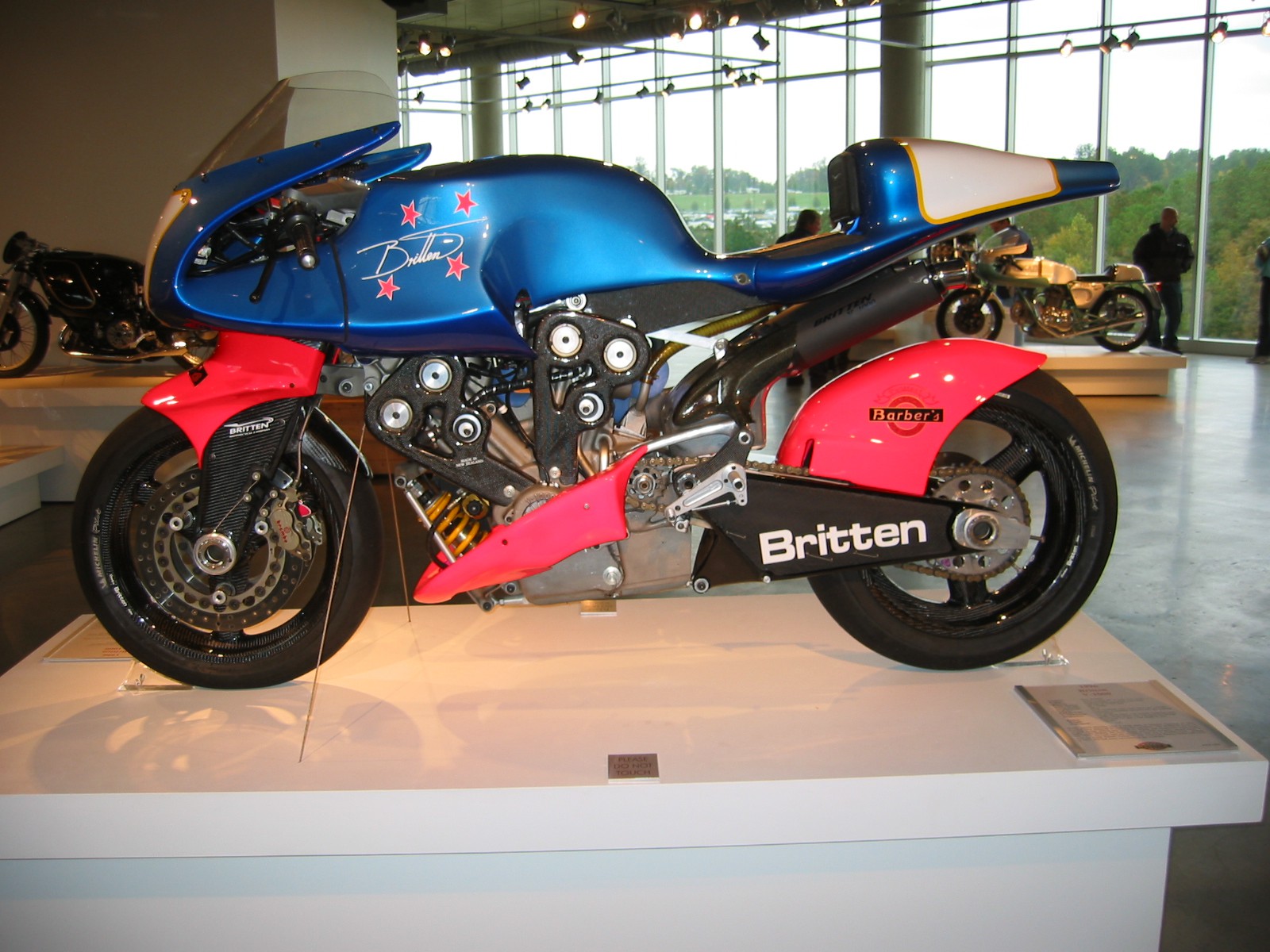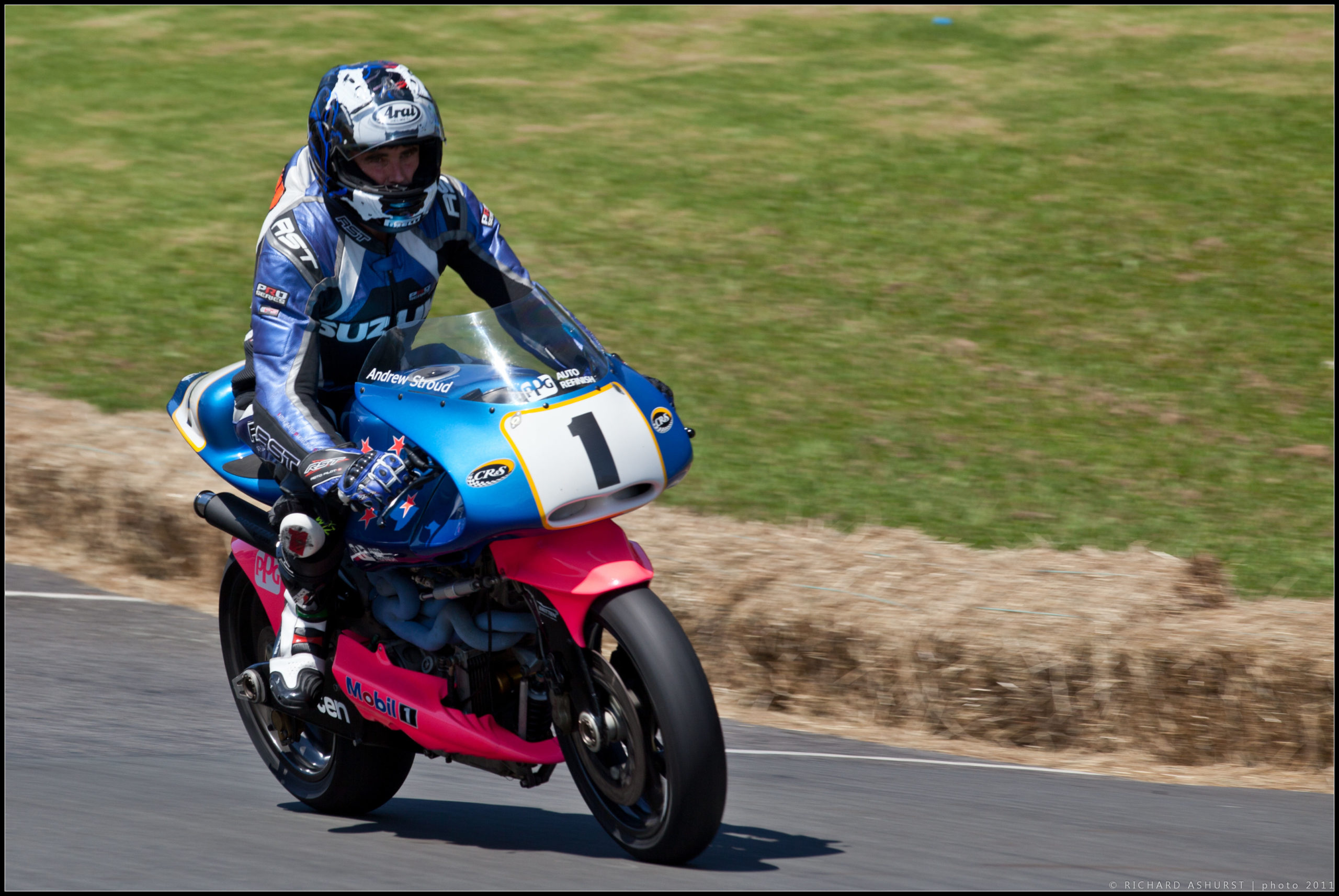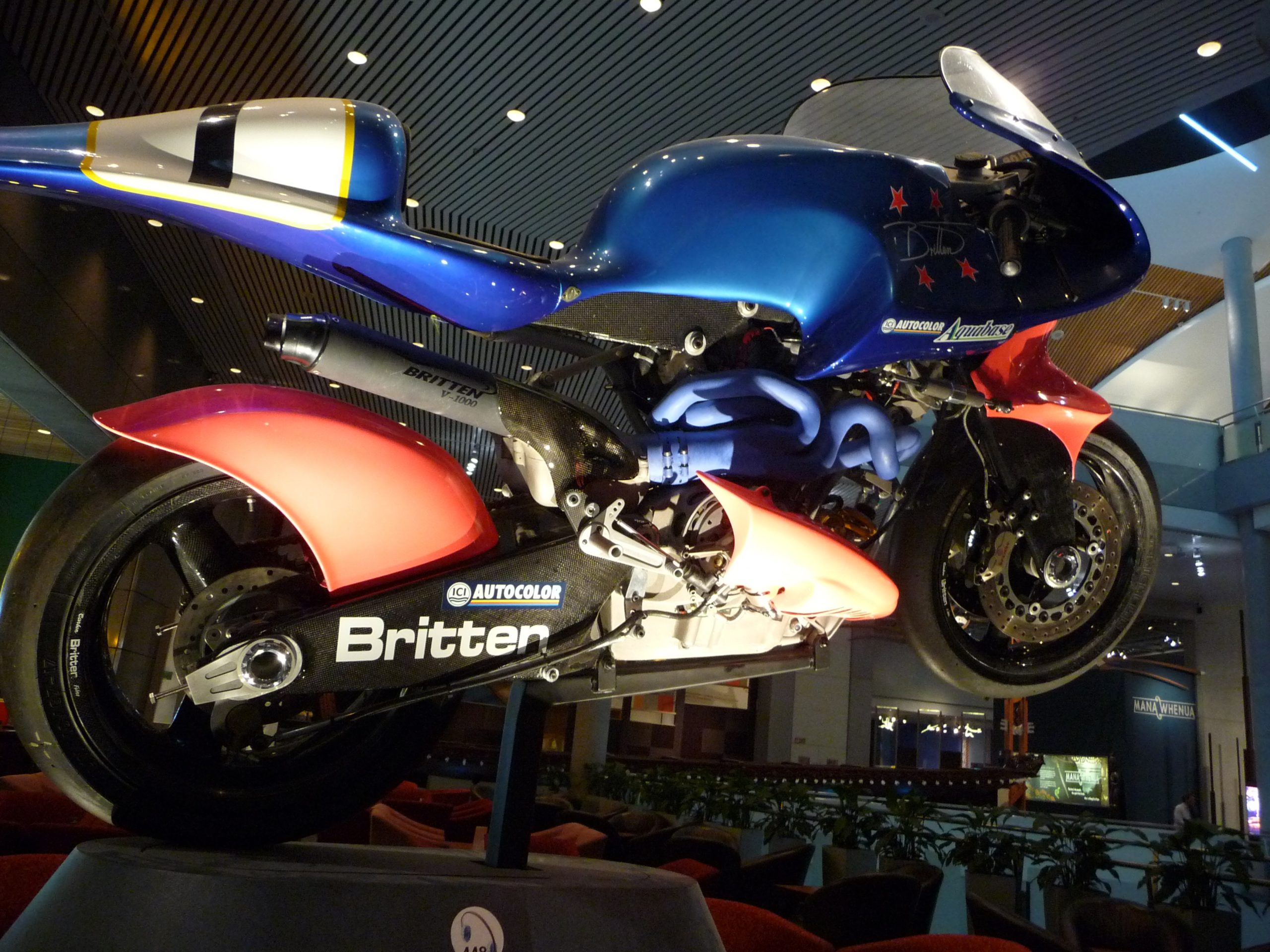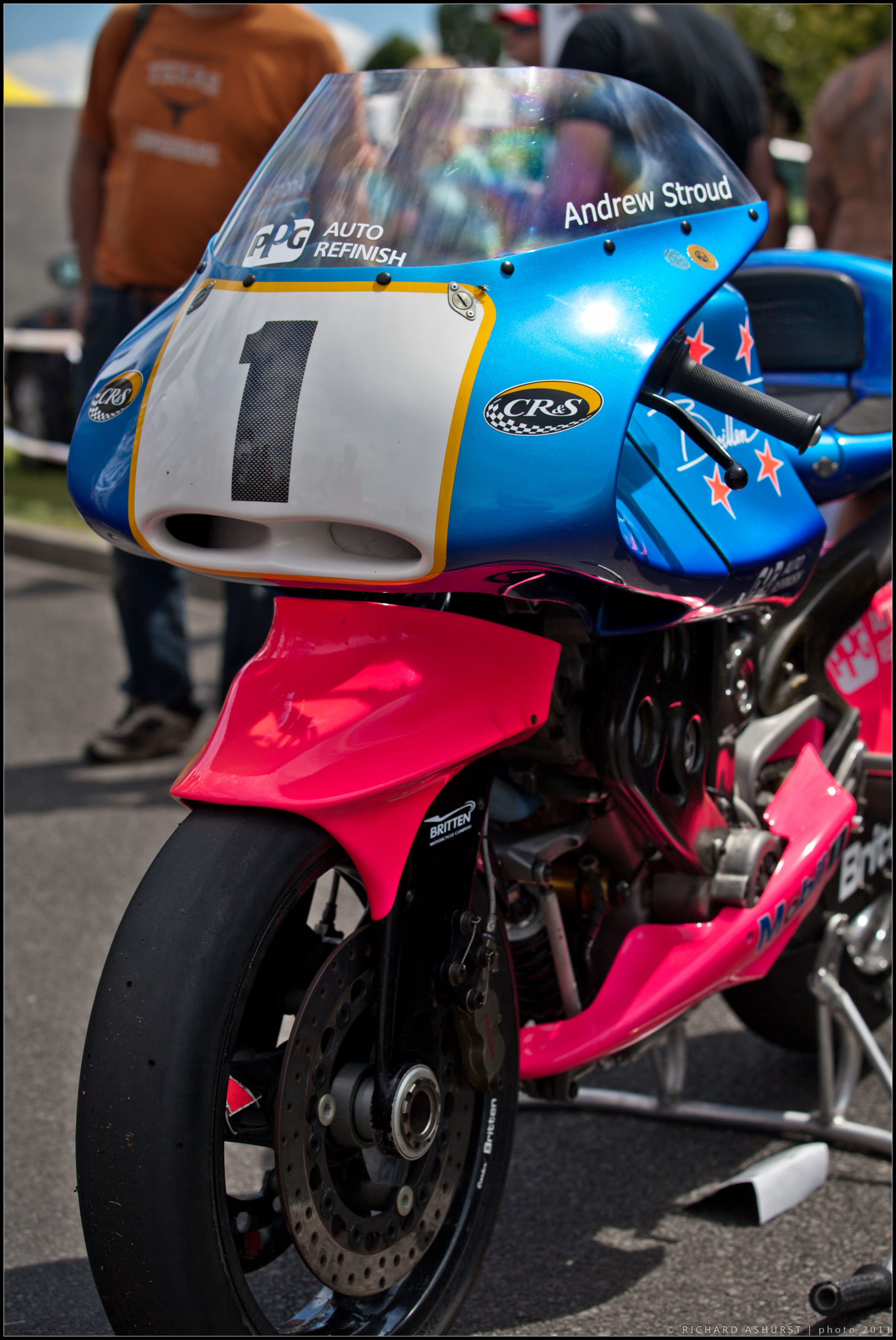The Haka war cry of the motorcycle world
Talking about extreme-engineered bikes, in today's article we're going to present you the Britten V1000, a motorbike that smashed the giants of the motorsport, and one which deserves a place in our Five motorcycles that shook the world list.
John Britten was a mechanical engineer from New Zealand who designed and built a world-record-setting piece of machinery. John worked on motorcycle design for years, developing innovative methods using composite materials like carbon and Kevlar fibers. In 1992 John Britten created the Britten Motorcycle Company, to produce a flagship motorcycle using his design for the chassis and engine.
His top creation is the Britten V1000. This motorcycle was built by hand by John and his friends from the city of Christchurch, New Zealand during the early '90s. This bike was very impressive due to the technology John used in the manufacturing process. He wanted a light-weight superbike, and to achieve this, in the building process he used a vast number of innovations including the use of carbon and Kevlar fiber.
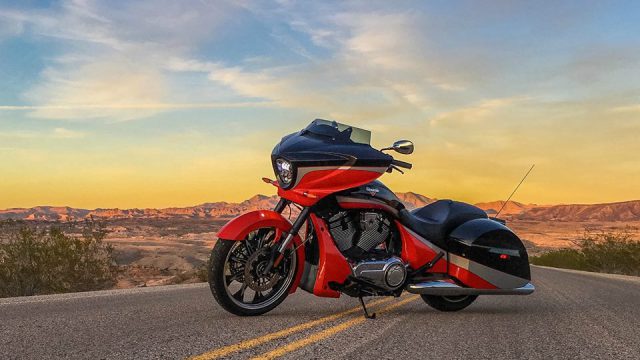
The radiator is mounted horizontally under the seat, and the ducts from the chin of the upper fairing provide cold air for the cooling process. The hot air exits the low-pressure area behind the bike. Moving the radiator under the seat was an ingenious design. If the rectangular radiator had been placed in front of the engine, that would have increased drag. By moving it, the result is the opposite, quicker acceleration, and an astonishing 188 mph top speed.
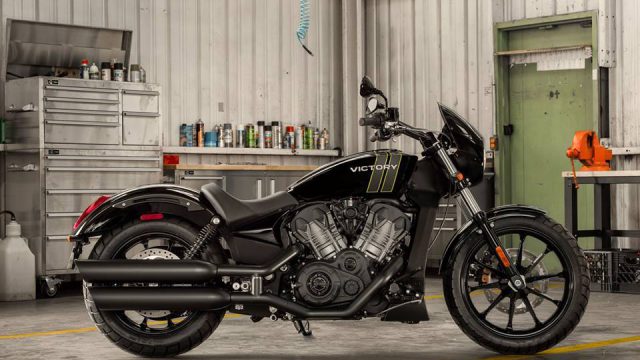
The solution for the front-end is a double wishbone / Hossack-type suspension. The chassis is a frameless type and the engine is a stressed member. The engine itself is an active structural element of the chassis, so it's transmitting the forces and torques when rolling. Using it as a stressed member is one of the key elements for weight reduction and centering the mass.
Talking about innovative technology, John developed an engine data logging system with the purpose of recording the running parameters, helping him to understand what is happening with the bike on the race track.
The heart of Britten V1000 is a water-cooled 999 cc, 60 degrees V-Twin, quad-cam, four-stroke engine.
Instead of chains or gears, it uses timing belts (similar to the Ducati motorcycles), has four valves per cylinder, titanium connecting rods, titanium valves, dry clutch, a programmable engine management computer and a sequential, two injectors per cylinder, fuel injection system. This bike was born in the era when the vast majority of the performance motorcycles had carburetors, steel or aluminum standard frames, and RWU (standard) front forks.
The wet weight of the vehicle is only 138 kilograms. How is this possible? As stated before, the extreme engineering and the extended use of composite materials, kept a low weight and high performance. The chassis, engine components, suspension and even the wheels are from carbon fiber. Each part was designed in-house, molded, and hand built. You wouldn't expect that a bunch of hand-built parts, used on a performance motorcycle to last long under stress, do you? Well, you're right, but only partially. There were some issues in the testing of this superbike, like cracked cylinder sleeves and some front suspension issues, but on the race track, in the Battle of the Twins, Daytona, USA, the only part that proved faulty was a regulator rectifier. Ironically, the rectifier was one of the few parts that John didn't make himself, and it did cost him the race as his motorcycle was in the lead when this happened.
For the suspension, both front and rear, John used Öhlins shock absorbers. It is nice to have a light-weight motorcycle, with a top-notch suspension system and 160 hp, but how about the stopping power? For the front-end braking system, the bike has twin 320 mm cast-iron rotors with four-piston Brembo calipers each, and for the rear-end, a 210 mm rotor and a Brembo caliper.
The story is the story of John Britten and his legendary superbike that won against the best racing bikes made by the biggest manufacturers. It didn't only win races, but also our hearts, respect, and admiration from every motorcycle enthusiast.
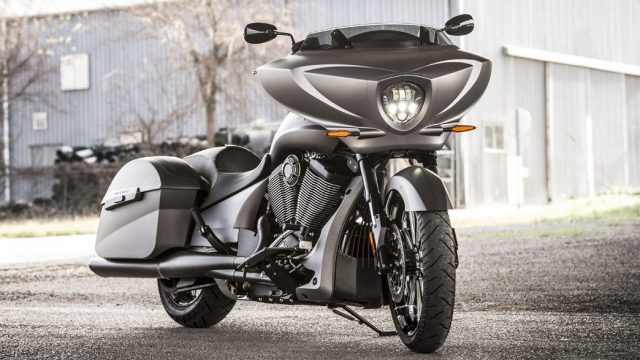
This great superbike has its share of victories and records set. Here are some of them:
1991
2nd and 3rd Battle of the Twins, Daytona, USA
1992
1st Battle of the Twins, Assen, Holland
2nd Pro Twins, Laguna Seca Raceway, USA
DNF Battle of the Twins, Daytona, USA
1993
Fastest Top Speed at the Isle of Man TT
NZ Grand Prix title
World flying mile record (1000 cc and under)
188.092 mph
World standing start 1⁄4-mile record (1000 cc and under) – 134.617 mph
World standing start mile record (1000 cc and under) – 213.512 mph
World standing start kilometer record (1000 cc and under) – 186.245 mph
1994
1st Battle of the Twins, Daytona, USA
1st and 2nd New Zealand National Superbike Championship
Only 10 Britten V1000s were produced by the Britten Motorcycle Company, and you can find them in museums and collections around the world. You can see the No. 7 Britten V1000 at the Barber Vintage Motorsports Museum in Alabama, USA.
Britten V1000 – Full specs:
Dimensions:
Wheelbase 1420 mm
Weight 138 kg
Fuel Tank Capacity 24 liters
Engine:
Displacement: 999 cc
Cooling type: water cooled
Architecture: 60 degrees, V-Twin
DOHC 4 stroke
Four valves per cylinder
Internals: Titanium conrods
Titanium valves Inlet Ø40 mm Exhaust Ø33 mm
Power: 166 HP @ 11,800 rpm
Maximum RPM 12,500 rpm
Maximum speed 303 km/h
Clutch: back torque dry clutch
Wet sump
Programmable engine management computer with history facility
Fuel injection – sequential, two injectors per cylinder
Transmission:
Gearbox, five-speed constant mesh / opt six-speed
Chassis:
Fully stressed engine with ducted under-seat radiator.
Carbon & Kevlar composites top chassis, girder fork, swing arm and wheels
Front Suspension: double wishbones / Hossack suspension.
Rear Suspension: swing arm with adjustable three-bar linkage
Shock Absorbers: Öhlins
Rake: adjustable
Trail: adjustable
Front Brakes: Twin 320 mm cast-iron rotors with opposed 4-piston Brembo calipers
Rear Brakes: 210 mm rotor with opposed-piston Brembo caliper
See other bikes from our Five motorcycles that shook the world list:
1955 Moto Guzzi V8 – Ottocilindri Madness
1969 Honda CB750 – The Original Superbike
